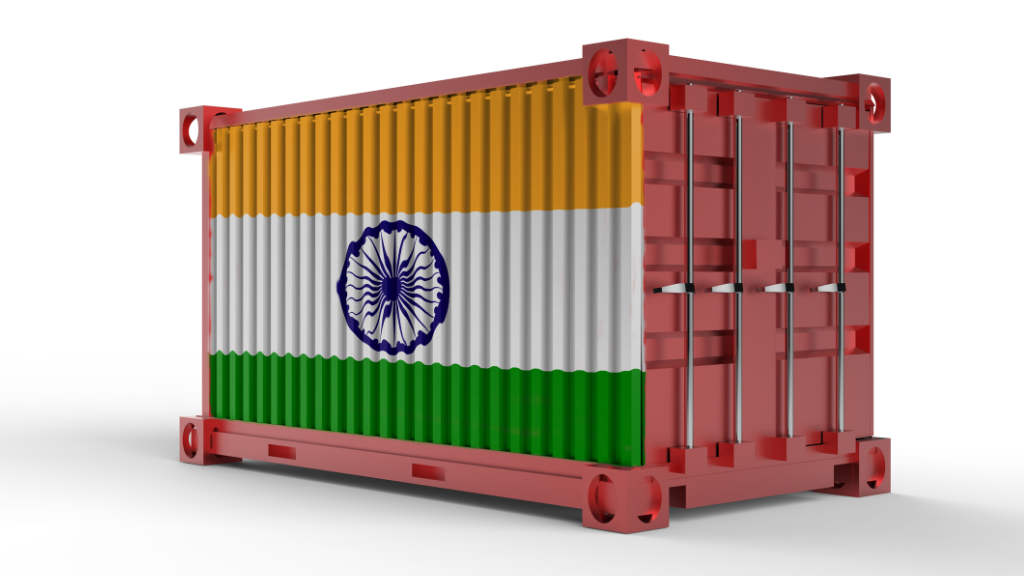The Western media has been somewhat gleefully announcing that Gazprom, Russia’s largest gas producer, have announced losses for the first time in 20 years. They are estimated to be in the red to the tune of US$6.9 billion for 2023 results. The company, which is headquartered in St.Petersburg, had built its business model largely on serving European markets. The destruction of that trade has resulted in the company going through a transitionary period – gas pipelines are now being developed east, with the example of the Power of Siberia 2 line to China yet to come onstream.
Gazprom’s results are expected to get worse before they improve. Pavel Zavalny, the head of the Russia State Duma Committee on Energy, said on Tuesday (April 30) that Gazprom’s losses are expected to reach about 1 trillion (US$10.8 billion) in 2025 due to an increase in the tax burden on the company and a decrease in revenue from gas exports. There has been criticism within Russia that Gazprom ought to have better planned for these scenarios and made earlier steps to cater for them. Be that as it may, the company’s strategy as concerns Europe appears to have been overly optimistic and its strategy as regards turning to Asia rather slow.
But Gazprom’s woes are not fully borne by the Russian State, its largest shareholder (it is a listed company). While Euro gas wanes, and pipelines to Asia remain a work in progress, Russia’s other major energy sector, oil, has been performing rather better. Lukoil in contrast posted record profits of US$13 billion in 2023, far outstripping Gazprom’s losses.
An estimated 90% of Russian oil exports last year ended up in India and China, two countries that were minor Russian oil exporters prior to the Ukraine conflict. However, these major changes in the oil delivery routes have not impacted the Lukoil’s ability to market its oil and finished petroleum products elsewhere – it has increased its oil reserves, and has acted as a banker to Central Asian oil companies in Azerbaijan and Kazakhstan.
It should also be noted that European manufacturing output has declined, while Asian (and Russian) output has increased. There are inevitable bumps along the way as economies shift from one market to another – and in Russia’s case from West to East. But as the old adage states, when one door closes, another opens. Russia’s Pivot to Asia continues to be the answer to an over-reliance on European markets, while Gazprom – once it gets its Asian strategy delivering – will bounce back.





